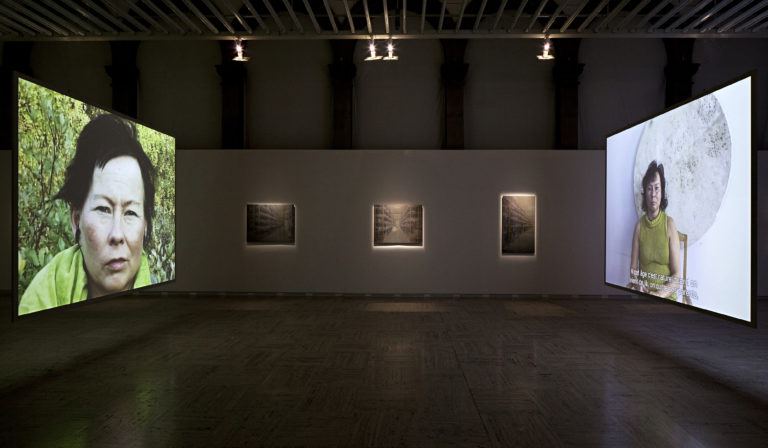Bibliography
Gérard Buchet, Paul André Jaccard and Robert L. Füglister, Gustave Buchet, exh. cat. Lausanne, Musée cantonal des Beaux-Arts, Aarau, Aargauer Kunsthaus, Paris, Fondation Le Corbusier, 1978.
Gérard Buchet, Gustave Buchet, Lausanne, Paris, La Bibliothèque des arts, 1964.
This work almost certainly featured in Buchet’s solo exhibition in 1926 at the Galerie Mantelet. The exhibition was a huge success and Buchet signed a contract with the gallery’s manager, Colette Weil. However, she broke it off a few months later, having failed to sell his works. Yet Buchet remained eager to keep creating and exploring new avenues, particularly in sculpture and fashion.




Working in Paris in the early 1920s, Gustave Buchet turned away from Futurism and joined the Section d’or, a group of artists who set out to establish a solid basis for Cubism and a new language in tune with modernity. Buchet remained artistically affiliated to modernity while embracing Fernand Léger’s post-war Cubism.
Buchet later took an interest in Le Corbusier and Amédée Ozenfant’s Purism, which argued for discipline and rigour, approaching paintings as ‘equations’ by applying ‘constructive, modular means’ (1921) and defending the beauty of manufactured objects. In the aftermath of the war, in a period of political, social, economic, and artistic reconstruction, the times called for unity and austerity.
Under the influence of Purism, Buchet spent the years 1925 to 1928 painting a series of austere, flat, geometric works in a restricted palette He did, however, distance himself from Purism’s highly rigid theory, achieving a balance of rounded shapes and a layout dominated by straight lines in paintings that were rational, elegant, orderly, and emotional. His brush skillfully laid out shapes on the canvas and harmonised the hues to build the work with the utmost precision.